NeuroCosmica: Stroke Light Algorithm
Brief Description of Stroke: A stroke occurs when the blood supply to part of the brain is interrupted or reduced, preventing brain tissue from getting enough oxygen and nutrients. This can cause brain cells to die within minutes. There are two main types of strokes: ischemic strokes, caused by a blockage in an artery, and hemorrhagic strokes, caused by a burst blood vessel. Symptoms of a stroke can include sudden numbness or weakness, especially on one side of the body, confusion, trouble speaking or understanding speech, difficulty seeing, and loss of balance or coordination.
Causes of Stroke: Several factors can contribute to the development of a stroke:
- High Blood Pressure: The leading cause of strokes, high blood pressure can damage and weaken blood vessels in the brain.
- High Cholesterol: Can lead to the formation of plaques in blood vessels, which can block blood flow.
- Smoking: Increases blood pressure and reduces oxygen in the blood.
- Diabetes: High blood sugar can damage blood vessels over time.
- Obesity: Excess body weight increases the risk of stroke.
- Heart Disease: Conditions such as atrial fibrillation can increase the risk of blood clots forming.
- Family History: Genetic predisposition to stroke.
Recommended Exercise Routine for Individuals Recovering from a Stroke: Regular physical activity is crucial for recovery after a stroke, improving overall well-being, and supporting neurological and physical rehabilitation. Here are some exercise recommendations:
- Aerobic Exercise: Engage in low-impact aerobic activities such as walking, swimming, or stationary cycling for at least 150 minutes per week to improve cardiovascular health and increase endurance.
- Strength Training: Include strength training exercises two to three times a week to rebuild muscle strength and support joint function. Use light weights, resistance bands, or body-weight exercises like seated leg lifts and arm curls.
- Flexibility Exercises: Incorporate stretching exercises to improve flexibility and reduce muscle tension. Gentle yoga and stretching can also enhance relaxation and improve range of motion.
- Balance and Coordination Exercises: Perform balance and coordination exercises to improve stability and prevent falls. Simple exercises include standing on one foot, heel-to-toe walking, and using a balance board.
- Functional Exercises: Engage in exercises that mimic daily activities, such as reaching, bending, and walking, to improve functional abilities.
- Consistency: Maintain a regular exercise routine, but listen to your body and avoid overexertion. Modify exercises as needed based on energy levels and physical condition.
Healthy Diet Recommendations for Individuals Recovering from a Stroke: A balanced diet can support overall health, reduce the risk of further strokes, and improve recovery. Here are some dietary recommendations:
- Fruits and Vegetables: Consume a variety of colorful fruits and vegetables rich in vitamins, minerals, and antioxidants to support immune function and reduce inflammation. Foods high in potassium, such as bananas, oranges, and spinach, can help lower blood pressure.
- Whole Grains: Choose whole grains like brown rice, quinoa, oats, and whole wheat bread to provide sustained energy and support digestive health.
- Lean Proteins: Include sources such as fish, poultry, beans, legumes, and low-fat dairy to support muscle health and repair. Fatty fish like salmon and mackerel are rich in omega-3 fatty acids, which are beneficial for heart health.
- Healthy Fats: Incorporate healthy fats from sources like olive oil, avocados, nuts, and seeds to support brain health and reduce inflammation. Omega-3 fatty acids found in fish and flaxseeds can be particularly beneficial.
- Hydration: Drink plenty of water to stay hydrated and support overall bodily functions.
- Fiber: Eat high-fiber foods to promote digestive health and prevent constipation. Include foods like fruits, vegetables, whole grains, and legumes.
- Limit Sodium Intake: Reduce intake of salt and processed foods high in sodium to help lower blood pressure.
- Limit Caffeine and Alcohol: Reduce intake of caffeine and alcohol, as excessive amounts can contribute to high blood pressure and cardiovascular issues.
- Antioxidant-Rich Foods: Include foods rich in antioxidants, such as berries, dark leafy greens, and green tea, to help protect cells from damage.
NeuroCosmica: Potential Benefits of Light Algorithms for Stroke Recovery
1. Enhancing Neurological Recovery: Light algorithms can use specific colors like blue and green to support neurological recovery, promoting brain healing and improving cognitive functions.
2. Reducing Inflammation: Light therapy can help reduce the inflammation associated with stroke, providing relief from symptoms and improving overall brain function.
3. Alleviating Stress and Anxiety: Recovering from a stroke can be stressful. Light therapy with calming colors such as blue and violet can help alleviate stress and promote relaxation, which can positively impact overall well-being.
4. Improving Sleep Quality: Sleep disturbances are common in individuals recovering from a stroke. Light therapy can help regulate circadian rhythms and improve sleep quality, leading to better rest and overall health.
5. Boosting Immune Function: A strong immune system is crucial for recovery after a stroke. Light therapy can support immune function, helping the body to better manage symptoms and recover more quickly.
6. Promoting Emotional Balance: Emotional stability is crucial for managing recovery. Light algorithms can help regulate emotions, preventing mood swings and fostering a balanced emotional state.
7. Enhancing Mental Clarity and Focus: Managing the demands of stroke recovery can cause stress and affect cognitive functions. NeuroCosmica’s light therapy can enhance mental clarity and cognitive functions, making it easier to stay focused and productive.
8. Encouraging Positive Mindset: A positive mindset can significantly impact the well-being of individuals recovering from a stroke. Light therapy can promote feelings of optimism and resilience, helping them approach their recovery with a positive attitude.
9. Creating a Positive Environment: Using light therapy to create a serene and uplifting environment can enhance overall satisfaction and comfort during stroke recovery.
Integrating NeuroCosmica’s Light Algorithms into the care plan for individuals recovering from a stroke can provide a unique and effective approach to enhancing their overall well-being. The holistic benefits of light therapy address various aspects of health, helping to support neurological recovery, reduce inflammation, improve mood, and ultimately improve the quality of life for those managing stroke recovery.
Important Note: Remember that NeuroCosmica treatments and/or recommendations should not replace the recommendations, treatments, and prescriptions of your doctor, specialist, psychologist, or other professional currently treating you.
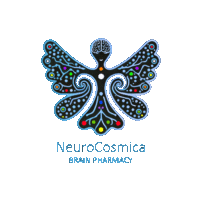
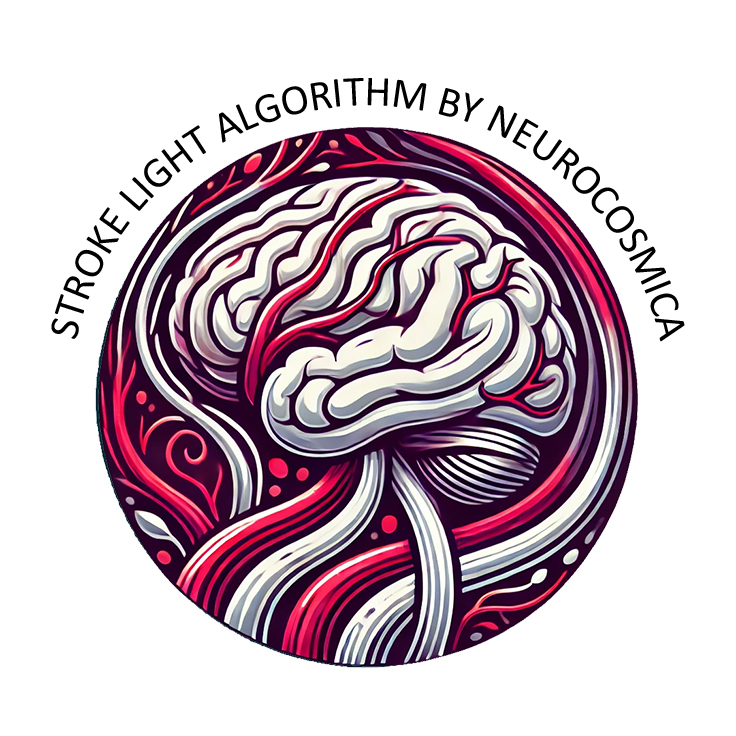
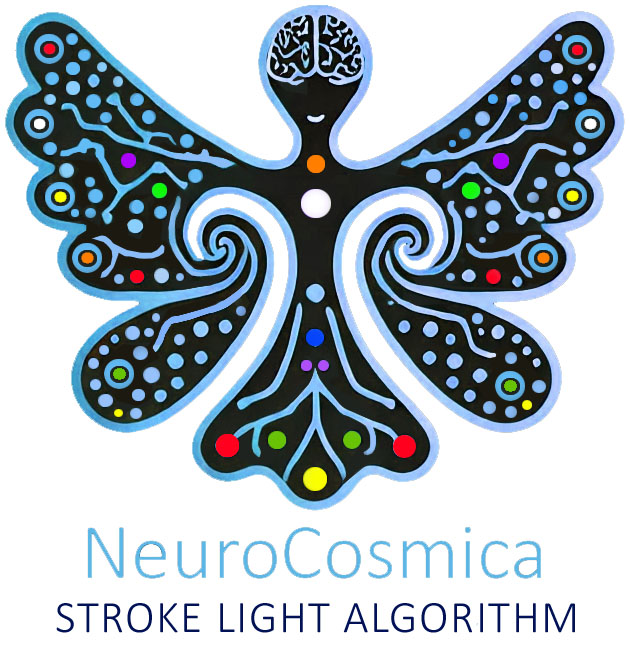
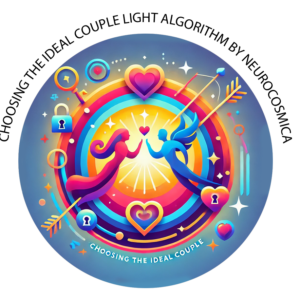
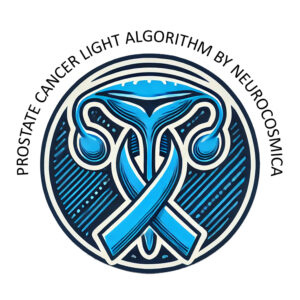
Reviews
There are no reviews yet.